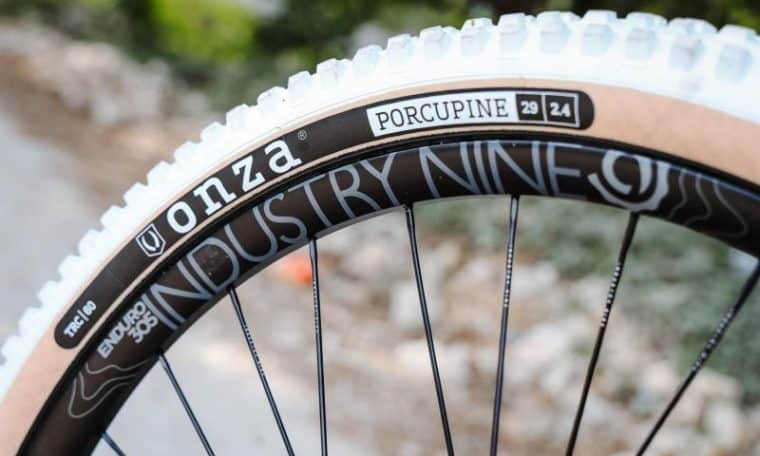

- FLAT TIRE PSI DRIVER
- FLAT TIRE PSI MANUAL
To check 2015 Cadillac ATS tire pressure you should know its suggested tire inflation, and a tire pressures measure. 2015 Cadillac ATS may have diverse suggested tire pressure settings for front and back tires, particularly if equipped with staggered tires. Remember that tire inflation shown on tire sidewall is the greatest air pressure the tire can hold to convey its most extreme burden, and not really the recommended tire pressure for 2015 Cadillac ATS. 2015 Cadillac ATS tire inflation will be recorded in psi (pounds per square inch), bar or kPa (kilopascals).
FLAT TIRE PSI MANUAL
You can find out about 2015 Cadillac ATS suggested tire pressure in owner's manual or on a tire bulletin on the side of driver's door or door jamb. Suggested tire pressure for 2015 Cadillac ATS is controlled by the auto maker dependent on its qualities and unique equipment tire sizes.
And don’t forget the spare! You want to ensure it is properly inflated if you need it.Best Tire Pressure Gauges for Mountain Bikes. Repeat the inflation process for each tire. Replace the valve stem cap by turning it clockwiseħ. Add air until you reach the recommended tire pressure. Find your nearest air pump (most gas stations have an air pump station). With more than 2,000 locations, there’s sure to be a service center near you. You can always bring your car to Jiffy Lube ® to inflate your tire pressure in cold weather. There’s a good chance you’ll need to do this at least once this winter season. If the air pressure is higher than recommended, bleed off the pressure until the correct pressure is attainedĦ. If your tires need to be inflated, go to Step 6. Compare your reading against the specified PSI found above in Step 1. If you hear a hissing sound, the tire gauge may not be properly seated on the valve stem re-adjust the angle of the tire pressure gauge until the hissing stops. Follow the instructions that come with the gauge. This is the black, blue, green, or silver screw cap on your wheel’s valve stem it should be plainly visible from the outside of your carĥ. Digital gauges may be a bit more expensive but are extremely easy to use and more accurate. “Pencil” style gauges, which are the least expensive, have a small stick that pops up with the tire pressure reading. Use a tire pressure gauge, which can be purchased at most big box retailers, auto parts stores or online. If the manufacturer recommends a tire pressure of 32 PSI, that means 32 PSI COLD, or before driving and the tires heat upģ. This is referred to as “setting the cold tire pressure”. Measure your tire pressure before driving, not after, for the most accurate reading. If you can’t locate the information, just ask a trained Jiffy Lube ® technician, who can access this information for youĢ. The PSI for your specific vehicle can be found in the owner’s manual or on a placard attached to the driver’s door jamb, glove box, or fuel hatch. For most passenger cars, it usually falls between 30-35 PSI. Locate the vehicle’s recommended tire pressure. When the Tire Pressure Monitoring System (TPMS) warning indicator is illuminatedġ. That’s why the pros at Jiffy Lube ® recommend you take the time to check your tires: Also, even if the temperatures remain consistently chilly for days at a time, the cold air can still affect your tire pressure in winter. How Often Should You Check Your Tire Pressure in Cold Weather?Ī decrease in tire pressure can be difficult for the eye to detect. FLAT TIRE PSI DRIVER
No driver likes to see a dashboard warning light illuminated! Under-inflation can leave your tires more vulnerable to damage and perhaps send you tire shopping sooner. Who wants to spend any more at the pump than they must? Department of Energy, under-inflated tires can lower gas mileage by about 0.2% for every 1 PSI drop in average pressure of all tires. In winter, you can count on difficult driving conditions, so for your safety as well as those around you, make sure your tires are properly inflated. Under-inflated tires can lengthen braking time and skid more easily on wet pavement. Why you should pay closer attention to tire pressure in winter: So, in cold weather, you’ll be driving on tires with lower pressure.That means your tires could lose 4 PSI over the weekend if the mercury drops 20º.Tires lose or gain 1-2 PSI (Pounds per Square Inch) for every 10✯ change in temperature.When this occurs in and around your tires, it can affect tire pressure. It’s a scientific fact: when the temperature drops, air molecules slow down and become closer. What? You didn’t know you needed to pay extra attention to tire pressure in cold weather? You do! What’s Different About Tire Pressure in Winter? That’s why you tuck a pair of gloves into the pockets of your heavy coat and check to make sure your tires have the right inflation for cold weather.





 0 kommentar(er)
0 kommentar(er)
